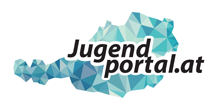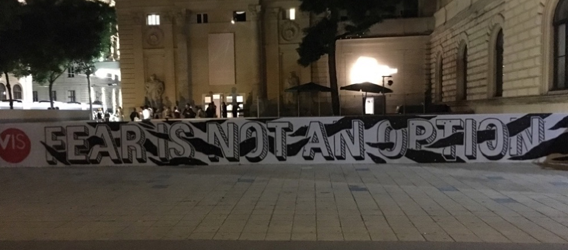
Dieses Jahr fand das Vienna Independent Shorts Festival oder kurz VIS zum 13. Mal von 25. - 31. Mai 2016 unter dem Motto „Fear Is Not an Option“ statt. VIS ist ein Festival für Kurzfilm, Animation und Musikvideos. Dieses Jahr wurden insgesamt 346 Kurzfilme, Animationen und Musikvideos gezeigt.
Die vier Wettbewerbskategorien gliederten sich in: Fiction & Documentary und Animation Avantgarde, welche sich im internationalen Wettbewerb befinden. Der Österreich Wettbewerb beschäftigt sich mit nationalen Kurzfilmen und der Musikvideo-Wettbewerb zeichnet die besten österreichischen und internationalen Musikvideos aus.
Neben den Wettbewerbsprogrammen finden sich auch die erst 2013 eingeführten populären Midnight Movies. PopPorn – verspricht die aufregendste Pornonacht der Stadt, Très Chic – Die Nacht des abstrusen Humors und Nightmares – unter dem Motto „Fear Is an Option“.
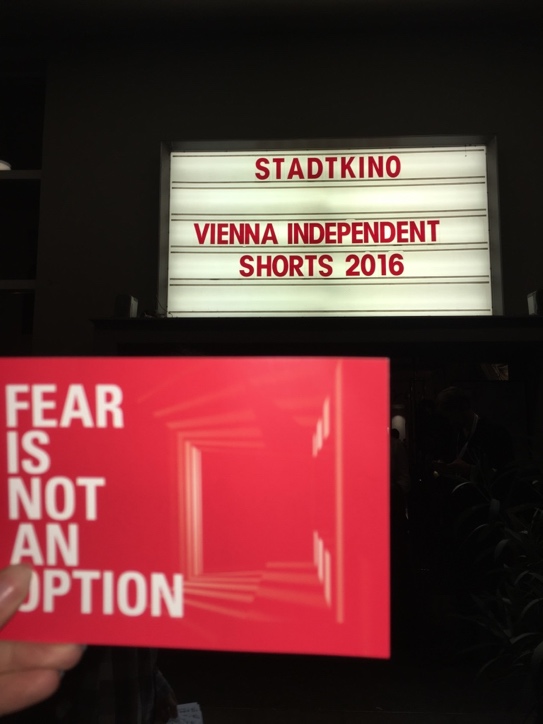
Das VIS zeigte sich politisch
Das diesjährige Motto „Fear Is Not an Option“ spiegelte sich beispielsweise in der aktuellen Flüchtlingsdebatte wider, so im Kurzfilm „Estate“ von Ronny Trocker oder „A Man Returned“ von Mahdi Fleifel, welcher im palästinensischen Flüchtlingslager Ain El-Helweh im Libanon gedreht wurde, zeigt. Die Angst vor Terroranschlägen und bezugnehmend auf die Terroranschläge in Paris werden im Film „Ennemis Interieurs“ von Sélim Azzazi thematisiert. Der Kurzfilm „9 Days – From my window in Aleppo“ von Issa Touma, Floor van der Meulen und Thomas Vroege in der Wettbewerbskategorie Fiction & Documentary behandelt den Beginn des syrischen Aufstandes in Aleppo. Ein Film, über den syrischen Fotografen Issa Touma, welcher den Beginn des Aufstandes aus einem einzigartigen Blickwinkel zeigt.
Ich habe mich für die Kategorie Fiction & Documentary und diesbezüglich für die Programme „Between Heaven und Hell“ und „This Fortress We’ve Made“ und die beiden Midnight Movies „Très Chic“ und „PopPorn“ entschieden.
Between Heaven and Hell
In diesem Programm wurden insgesamt sechs Kurzfilme gezeigt. Alle mit unterschiedlichen Blickwinkel auf das Motto „Fear Is Not an Option“.
Ist es nicht eines der größten Ängste eines Menschen alles zu vergessen? Die eigene Identität, die eigene Persönlichkeit, seine Erinnerungen? Alles was einen ausmacht? Die 93-jährige Großmutter von Ross Hogg leidet an Demenz und Parkinson und steht im Mittelpunkt des Kurzfilms. Der persönliche Dokumentarfilm „Isabella“ von Ross Hogg und Duncan Cowles thematisiert mit eindrucksvollem Schnitt, diffusen Bildern und Ton treffend das Thema Demenz.
Mit Bezug auf die aktuelle Flüchtlingsdebatte entstand der beeindruckende Kurzfilm „Estate“ von Ronny Trocker. Die Inspiration für den Kurzfilm fand er in einer Fotografie von Juan Medina, welches im Jahr 2006 am Strand von Gran Tarajal in Spanien aufgenommen wurde. Das Foto zeigt einen völlig erschöpften afrikanischen Migranten bei seiner Ankunft an der Küste. Auf diese Fotografie baut er seinen Kurzfilm auf. Die Zeit scheint in dem Kurzfilm eingefroren zu sein. Genau dieses stilistische Mittel unterstreicht die Gleichgültigkeit der gegenwärtigen StrandbesucherInnen. Das einzige bewegende Element ist der ankommende Mann. Er bewegt sich frei und findet keine Beachtung. Eine gekonnte Darstellung der Gleichgültigkeit der Menschheit und des Ohnmachtsgefühls aufgrund der Flüchtlingsdebatte.
Très Chic – Eine Nacht des abstrusen Humors
Das Midnight Movie „Très Chic“ verspricht „eine Nacht des abstrusen Humors“. Die Kurzfilme wurden ihrem Motto definitiv gerecht. Insgesamt durften sich die Zuschauer und Zuschauerinnen auf 15 Kurzfilme freuen, welche extraordinär und teilweise auch sehr verstörend waren. Schwarzer Humor fand sich ebenso wie das Gefühl des extremen Ekels, ob sexuelle Übergriffe von Zwergmonstern, sowie ein jährliches Highlight: eines der Kultvideos von Kurt Razelli.
Das Publikum stimmte am Schluss durch Klatschen für den besten Kurzfilm ab. Der Kurzfilm „MeTube2: August sings Carmina Burana“ von Daniel Moshel hat eindeutig den Prix Très Chic pour le film le plus extraodinaire gewonnen.
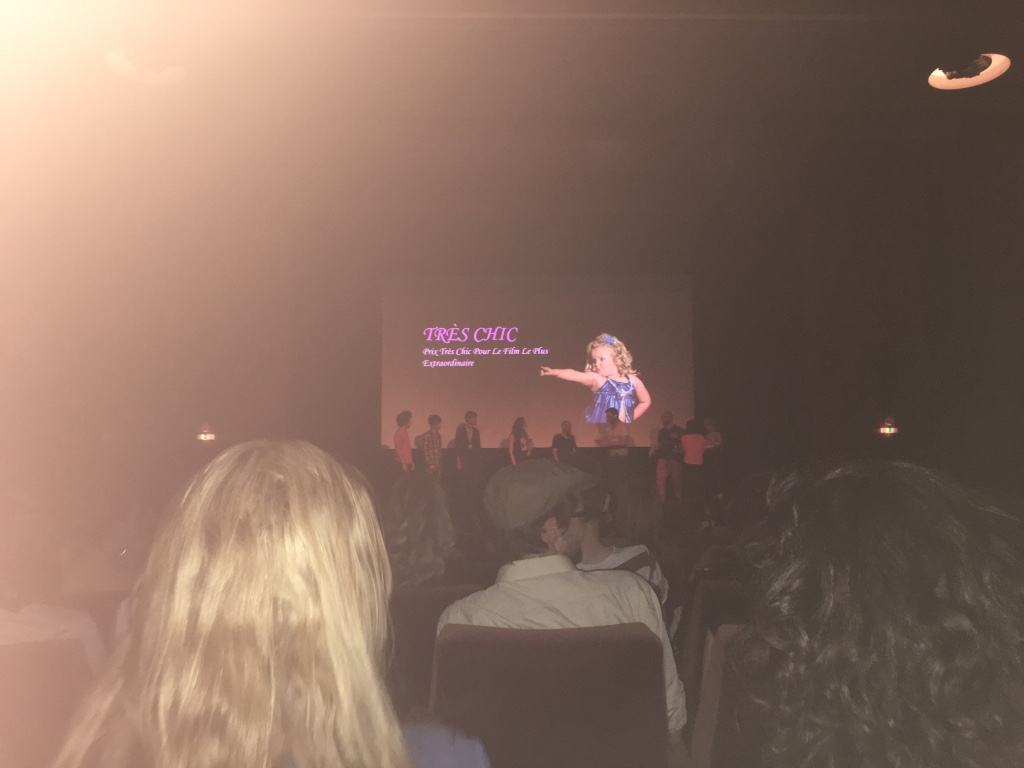
Between a Garden and the Sea - ein Interview mit der Filmemacherin
Ariane Laurin spricht im Interview über ihren Film „Between a Garden and the Sea“, der am VIS Premiere feierte und was sie an Dokumentarfilmen und Kurzfilmen reizt. Ein Film über Grenzen, Trost, Belastbarkeit, Distanz und Unterschiede in der Gesellschaft in einer poetischen Verpackung
Your film was made during your stay in Jerusalem. What inspired you to make this documentary?
I was living in East Jerusalem, which is Palestinian and occupied under full Israeli military control. My dear friend Mai was living in Bir Zeit, a village in the West Bank close to Ramallah - we would travel to and from every week, crossing the Qalandiya checkpoint that separates Jerusalem from Ramallah; it is a short distance of 16 km that can take up to 8 hours to cross because of the checkpoint. This puts a different perspective on distance; it can be made long by barriers, and is a crossing that is inaccessible to many. From Mai's garden in the hilly Bir Zeit, it is possible to see the Mediterranean Sea from a far on clear mornings. It was confrontational to know that all of our friends with West Bank ID cards could not cross to Jerusalem nor go to the Mediterranean Sea, where their elders have fished, ate oranges and swam for so long. These places have become mythical and imaginary by the impossibility of reaching them. As foreigners with Canadian passports, it was granted to us to travel through the entirety of the territory. We therefore thought of undergoing this journey, from the West Bank garden to the Mediterranean Sea, as a gift to our friends who could only dream of it. It was a challenging idea as we were unsure of its reception, but thought we could only make an honest assessment of our experience there if we started from ourselves, and this included our own set of privileges in such a context.
What do you like especially about short films and documentary?
Documentary filmmaking allows me to dig into subjects that are digging me, and try to make some kind of sense out of it. I love that the documentary genre is so open - less trapped in its form the way fiction tends to be, I feel it is a renewed genre that welcomes hybridity. Being greatly inspired by essay films for their first-person account of reality, experimental films for the way they push formalistic norms and the Iranian new-wave for their mix of fiction and documentary, I have been developing my cinematic language along those terms, and my films always find their roots in reality. It is what surrounds me that inspires me, and I try to represent how reality feels even if that means using fictional or experimental devices - reality can be very surreal. As for the short form, in a way it echoes essays, poems and short stories which are all literary forms I enjoy reading. I often feel like the short form allows for a search-based creative process that doesn't rely on a heavy narrative. It also allows to play in an interesting way with the notion of time - its passage and its pace - in the time-capsule that is a short film. I love when short films can be slow! Perhaps I feel like I can take my time more when there is less time... Often people ask short filmmakers whether their film is a preparation to a feature; I never think of them in this way, but perhaps time will prove me wrong.
What is the central meaning of your film „Between a Garden and the Sea“?
The title refers to the space in-between - from the West Bank 'būstan, which means 'orchard' in Arabic and Farsi, to the Mediterranean Sea. The title also echoes the Palestinian saying 'From the River to the Sea', referring to the Jordan river and the Mediterranean Sea, describing the continuous Palestine, the one that once was. It points to the void that is to cross in order to reconcile memory and imagination. It tells the fragmentation of the territory through scars - whether psychological or physical - seen in the landscape's visible obstacles, trenches and walls or heard through the distant laughter of children by the seaside. The film is about borders, solace and resilience.
How long did you work on the production of the documentary?
The seed of the film was planted in October 2014... First it involved a lot of writing, thinking, discussing. Then it took the form of a 35mm B&W photographic essay in the garden in Bir Zeit. Then the idea of the filmic letter came along. I started filming in December 2014, and did so until June 2015. During that whole time we were rewriting Mai's poems and letters as I would be coming back with new material. It was a lot of back and forth. The summer of 2015 was intense in terms of editing - I really wanted to finish the film while still being in Palestine to keep my spirit in the same environment as the film's, before coming back to homebase in Montreal. When I did 'finish' the editing and came back though, I couldn't accept the film the way it was - I was not satisfied. So I thought heck, I could release this now with this feeling that will probably never disappear, or go through the headache and give it another few months of editing... And so I did, and the final cut that you saw in Vienna was reached in February 2016. After that I worked on sound design and subtitling, and mixed the film with Kyle Stanfield in early April 2016. So now that you make me do the math, it took a year and a half all in all from the seed to the fruit! Oy, isn't that another good reason for making short films?!
The film exists of poems and letters, was it difficult to find the right passages for the documentary? What did you do first – were you writing the scenes at first and then doing a research for your passages or was it the other way around?
All of the poems and letters are 'documentary' in the sense that they existed prior to the film and had a life of their own. The work Mai and I did together consisted of choosing the excerpts of these writings we wanted to keep and arrange them in a loose narrative form that resembles one letter, and add a second layer of meaning by layering images onto words. Actually, I should say third layer since poetry in itself hints to a second meaning that we imagine from the words. As I mentioned earlier, it was a process-based work with a lot of back and forth; sometimes a paragraph triggered the idea for a scene to be shot; sometimes I'd come back with images and all of a sudden, going through the papers, a passage felt like it was meant for it. The most difficult with this trial-and-error, chance and coincidence, search and research, write and rewrite approach was to find a structure to the film that could flow the way consciousness, dreaming, remembering or falling asleep on a bus does. Hopefully we managed to do that.

